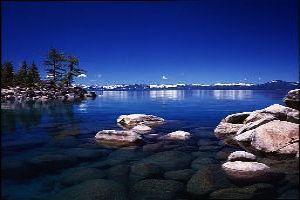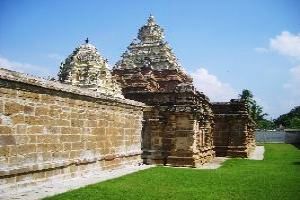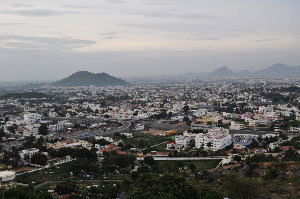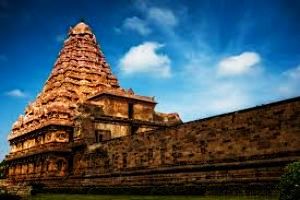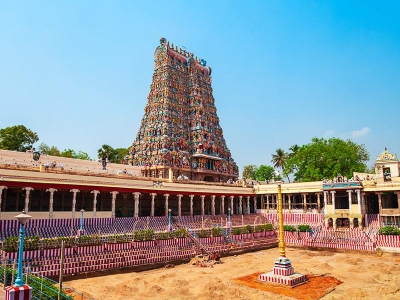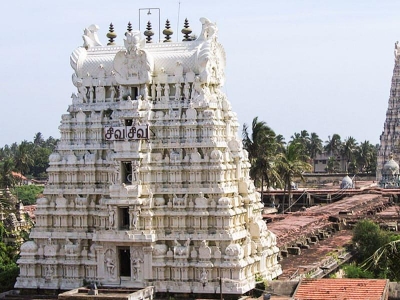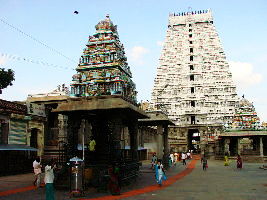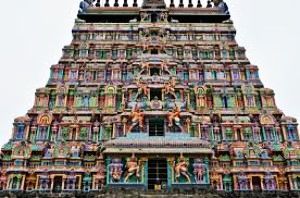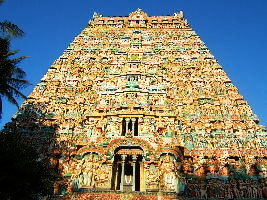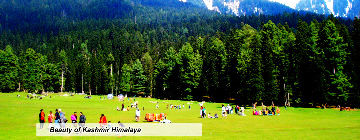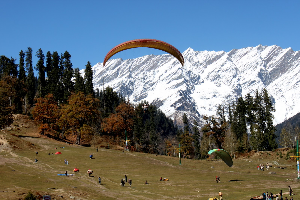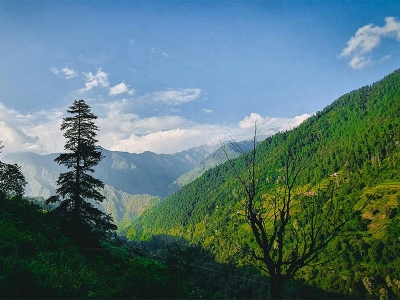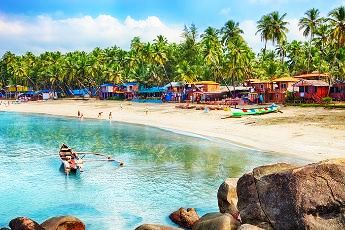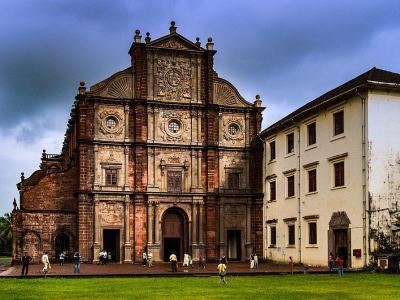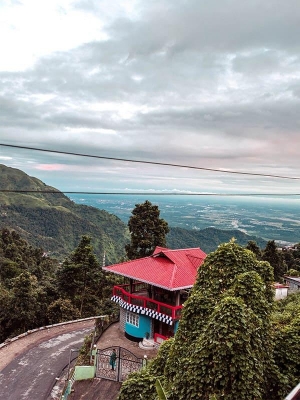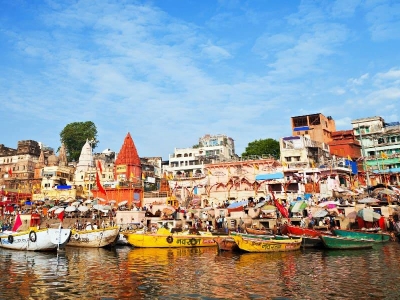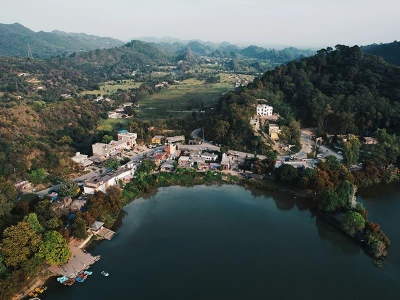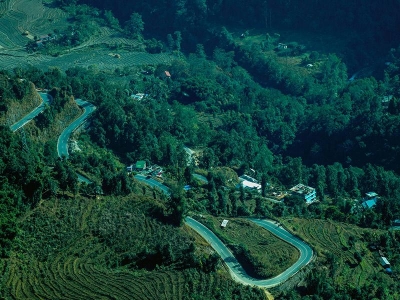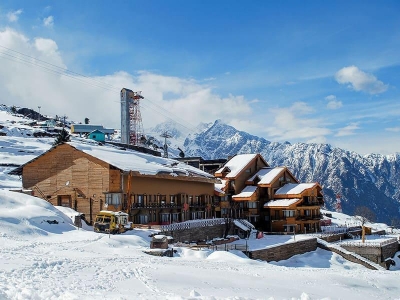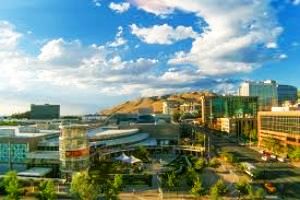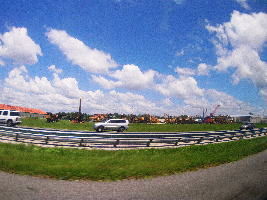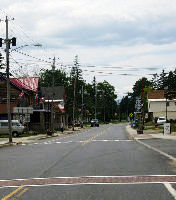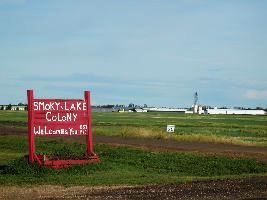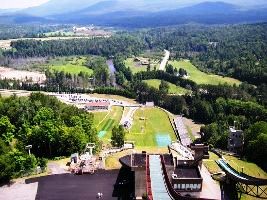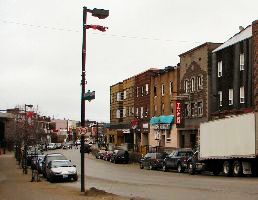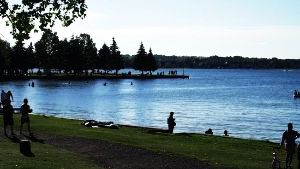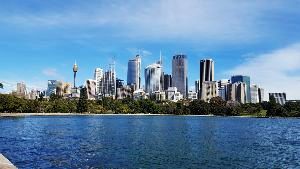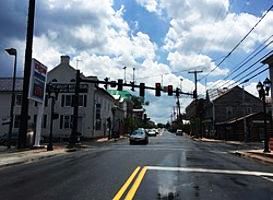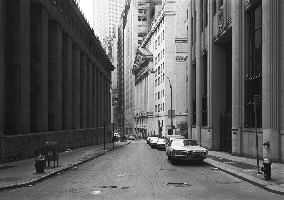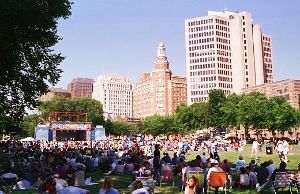Auroville
Places to visit in Tamil Nadu
Things to do
Packages
Ideal Days
Currency
About Auroville
Just 10 km away from Pondicherry is the universal township of Auroville or the City of Dawn. Founded in 1968 by Mirra Alfassa, the revered spiritual collaborator of Sri Aurobindo who is also better known as The Mother, Auroville was first conceived as a place of unending education, which belonged to humanity. It was envisioned as a bridge between the past and the future, which embodied universal unity.
The township’s unique vision is also reflected in its unique town planning. While it is not uncommon for cities to be divided into zones, Auroville has been demarcated into a Peace Area, City Zones, and a Green Belt. The City Zone includes the residential, industrial, educational, and international zones.
More than 5,000 people from 124 countries participated in Auroville’ s inauguration. Each of them placed soil from their countries into an urn, symbolizing the global nature of the new city. Today, it is a community of 2,500 settlers from over 40 countries, which is growing into a township of 50,000. The township, which was literally carved out of an arid dry wilderness is today a beckoning oasis set in a lush green forest landscape Given the idealism of its inception, most travellers who follow the winding path to Auroville do not find places of tourist interest. Instead, they experience an alternative lifestyle. It is this that remains Auroville’s allure to travellers from across the globe.
Here are some of the places you can visit to have an authentic and complete experience of Auroville.
WHAT TO SEE
The Visitor’s Center: This is where most tourist buses to Auroville make their first stop. Here, you find all you need to know about the history and evolution of Auroville, carefully documented for visitors. A visit to the cafeteria gives you a glimpse into the culinary choices that make Auroville unique. As you sit down to have your meal, the windmills outside are a constant reminder of Auroville’s commitment to an alternative lifestyle.
The Matramandir: It is perhaps the second most visited tourist destination after the Visitor’s Centre. But it stands at the centre of Auroville and is believed to represent the soul of the city. While its foundation was laid in 1971, it would finally be completed 37 years later in May 2008. Today, it stands towering over the city in golden petalled splendour. Yet, like Auroville itself, the Matramandir is not believed to belong to any religion. However, the four pillars that hold the structure up are believed to represent four aspects of the mother.
The Solar Kitchen: But there is much more to Auroville than these two structures, most popular among tourists. Auroville’s commitment to the search for an alternative form of energy to power the planet is also reflected in this structure. The Solar Kitchen makes 1000 meals per day for the community and draws it energy both from the solar bowl on its roof and diesel energy. The menu here is vegetarian and cosmopolitan, specially made for the township’s global citizens.
Pitchandikulam Forest: The story of Auroville’s zone began in the Pitchandikulam Forest. Today, its 740 sq. km, with 800 species of plants, stretches from an area northwest of Tindivanam to Marakkanam and the Auroville plateau. It is a case study in restoring the dry tropical evergreen forest, one of the rarest ecosystems in India. This wasteland regeneration project was pioneered by Aurovillean Joss Brooks, who first made the township his home in the 1970s and nurtured and grew the Pitchandikulam forest community. The mature forest is now a community and education centre, while its business unit the Pitchandikulam Forest Consultants offers environmental restoration services.
Our Tip: Enquire about the next forest walk being conducted by the Pitchandikulam Forest and participate in it. Such walks are conducted regularly and are a true Aurovillean experience.
Sustainable Livelihood Institute: Auroville’s commitment to sustainable living is further enshrined at this institute, which takes its knowledge of building livelihoods without harming the environment to Tamil Nadu’s rural communities. Participating in one of its short courses, which run over a couple of days is a real insight into the spirit of community living at Auroville.
Peace Tables: These tables made from three-hundred-year-old walnut trees by artist George Nakashima are found in Auroville’s Hall of Peace. Weekly meditations are held around the table, which symbolise the unity of the human spirit. You can’t help thinking they also resonate the ancient spirit of this relatively young town. It also reflects the unique sense of purpose behind the artistic collaborations that abound in this community.
Cinema Paradiso: Perhaps inspired by the Italian film classic of the same name, Auroville’s 120-seat theatre screens films regularly and hosts film festivals. Watch out for its schedule.
Adishakti Theatre: The Adishakti Laboratory for Theatre Art Research is among the many creative spaces to have made Auroville its home. The group explores old Indian art forms to create a new language for contemporary performance. Besides a space for regular performances and short courses it also offers travellers a living space. So, this could even be the base from which you explore Auroville.
Kala Kendra: This is the centre where the creative space that envelopes the community finds expression. It is at the Kala Kendra that visiting artists present their creative work. Watch out for its schedules.
Auroville Beach: It’s not highly publicised or touristy. The rows of shacks that dot other popular beach destinations are absent here. It’s a deviation off the East Coast Road to Pondicherry. But it’s a great place to spend a quiet morning by the sea.
Our Tip: Weekdays are the best time to visit. Weekends can get crowded, as that’s when locals head to the beaches.
WHAT TO DO
Spiritual realization is a big part of the Auroville experience, especially because of its deep roots in the philosophy of the Sri Aurobindo Ashram. One of the best ways to discover Auroville is to enrol yourself for a course with the community. Whether its yoga, music, theatre, or pottery, you will always find teachers of many unusual crafts and skills in this global community.
What to eat: The global township of Auroville has made Pondicherry the place to visit for continental food and wine. But these are also influenced by Indian cuisine and spices, making it a culinary experience that cannot be replicated anywhere in the world. The alternative food choices available at Auroville are also unique.
What to buy: Ceramic art and papier-mâché crafts thrive at Auroville, making it a great place to buy pottery. You will find the road to Auroville lined with shops selling these products.
Getting around: Auroville is a town best explored on a bike, or if you are fit enough, a bicycle. You will find plenty of shops that hire both. Check with your host on one that is close to your location. If you plan to get a bike, just make sure you have your driving licence with you. However, you don’t usually need to carry a helmet along, as most shops will provide you with one.
Where to stay: The Auroville community has guesthouses for visiting travellers. There is also an abundance of homestays. Getting accommodation at the Adishakti Laboratory for Theatre Art Research is also an option.
Our Tip: If you want to experience the uniqueness of community life here, live in Auroville.
The best time to visit: The months between October to March are considered the cooler months, which make these the best times to visit Pondicherry. However, since Auroville is also home to a global community, it remains open to visitors throughout the year. Visiting when its off season, even if it’s hot, is the best time to beat the crowds.
How to get there: The best way to approach Auroville is by road. You could either drive or catch a bus to the town. If you don’t have a direct bus route from your city to Pondicherry, it’s best to drive down or catch a bus from Chennai.
Content and photo credit: Christina Daniels
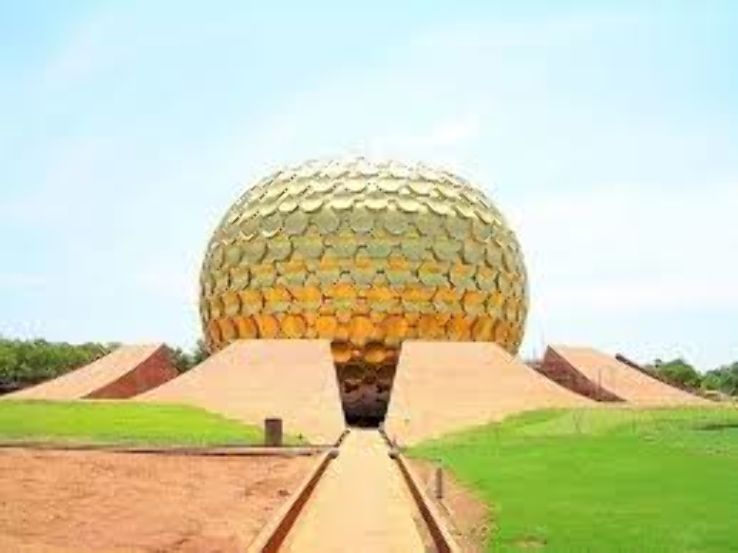
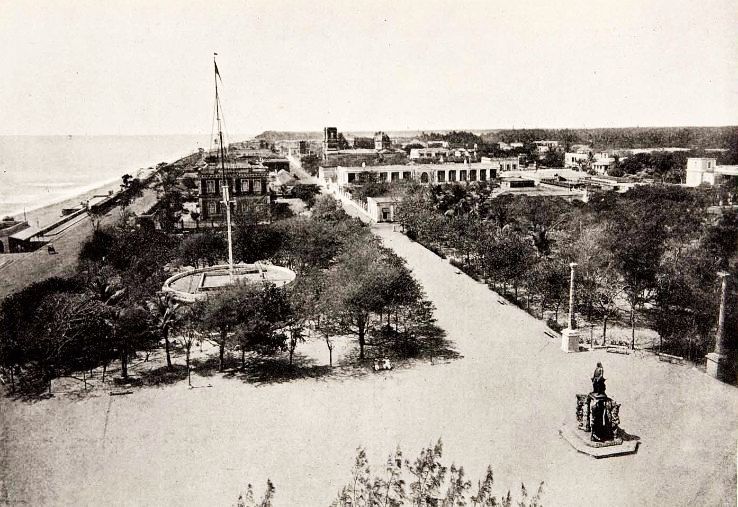
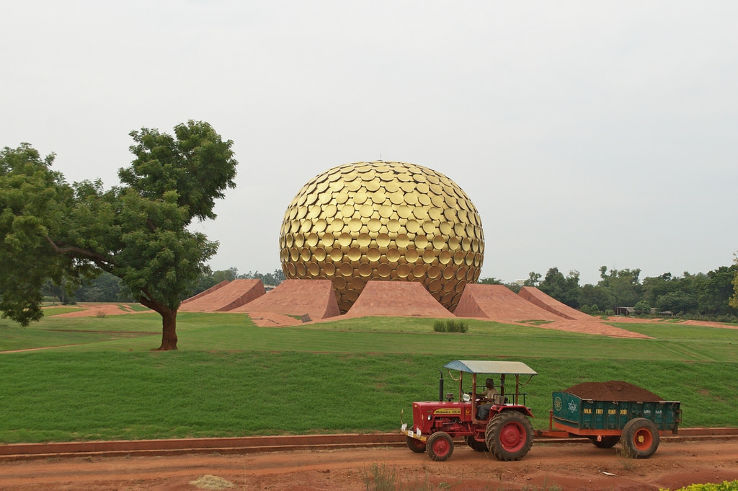
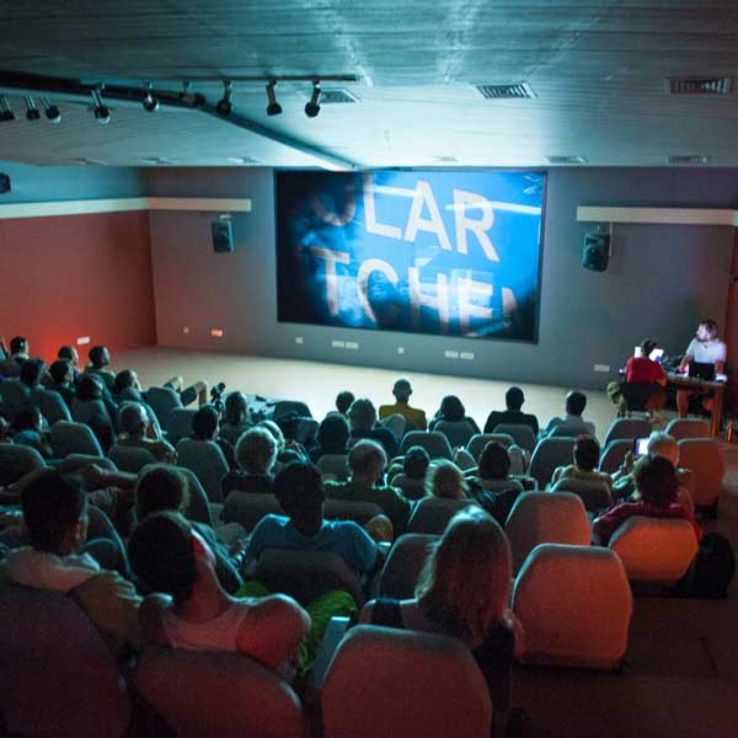
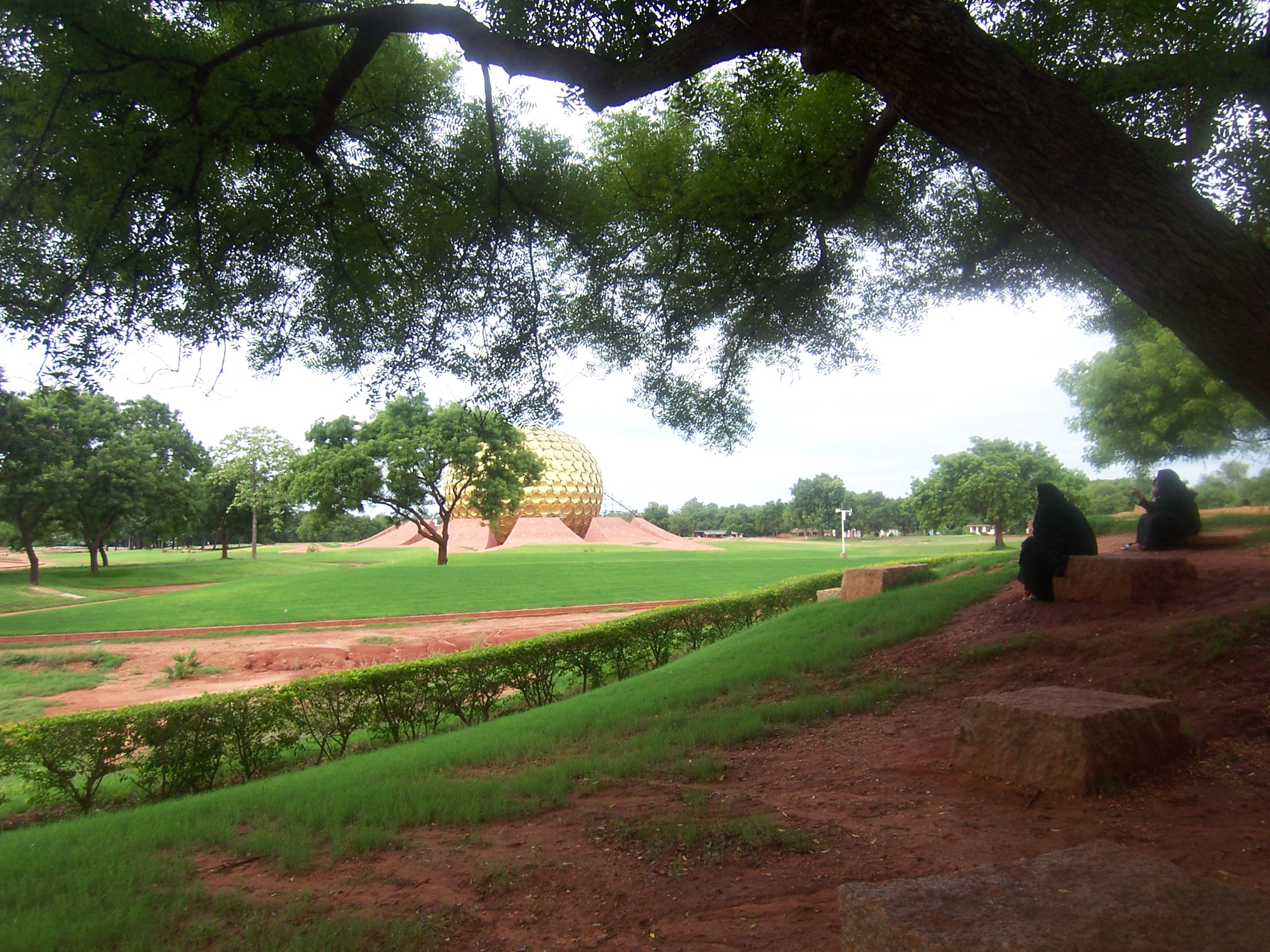
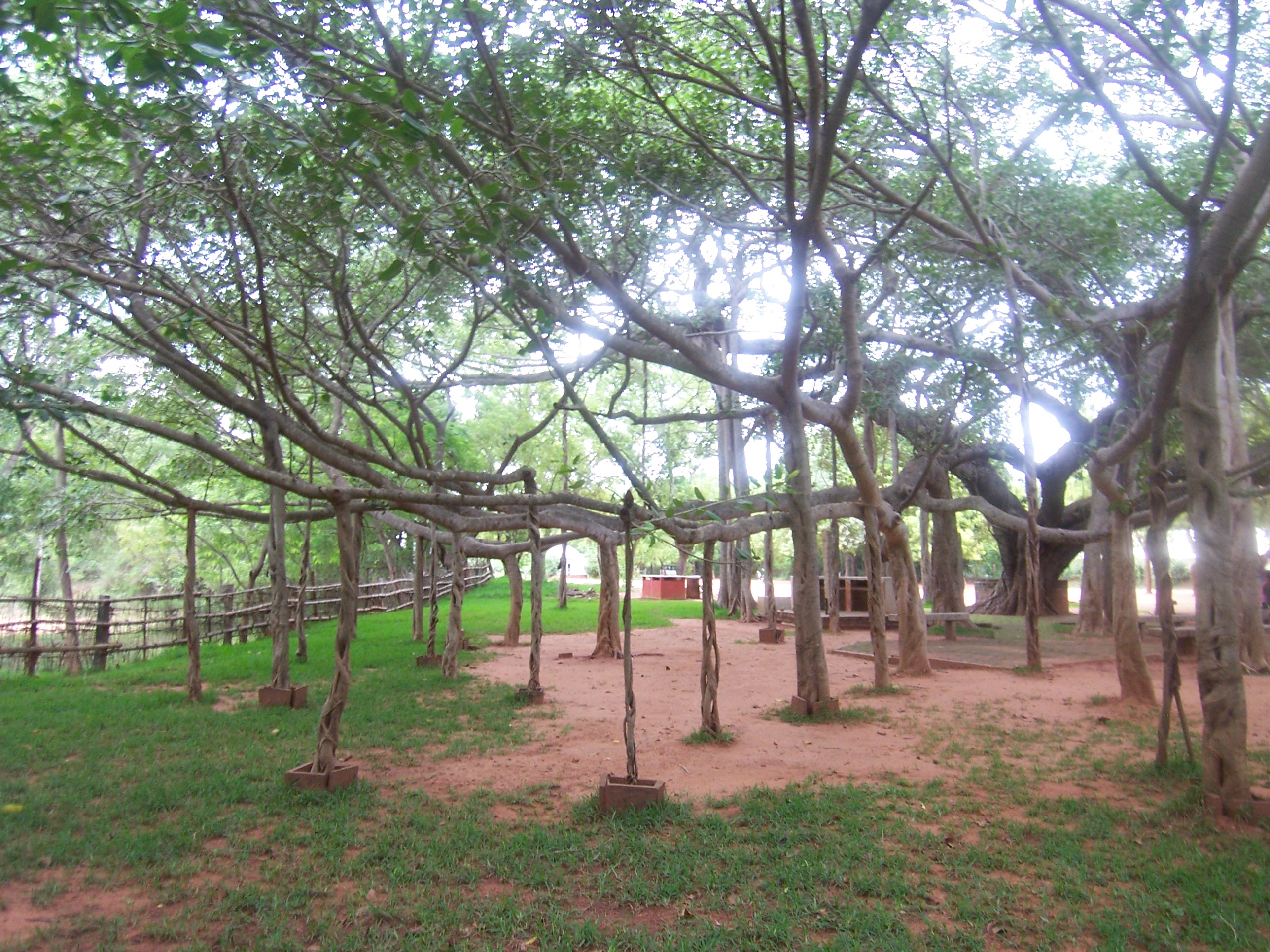
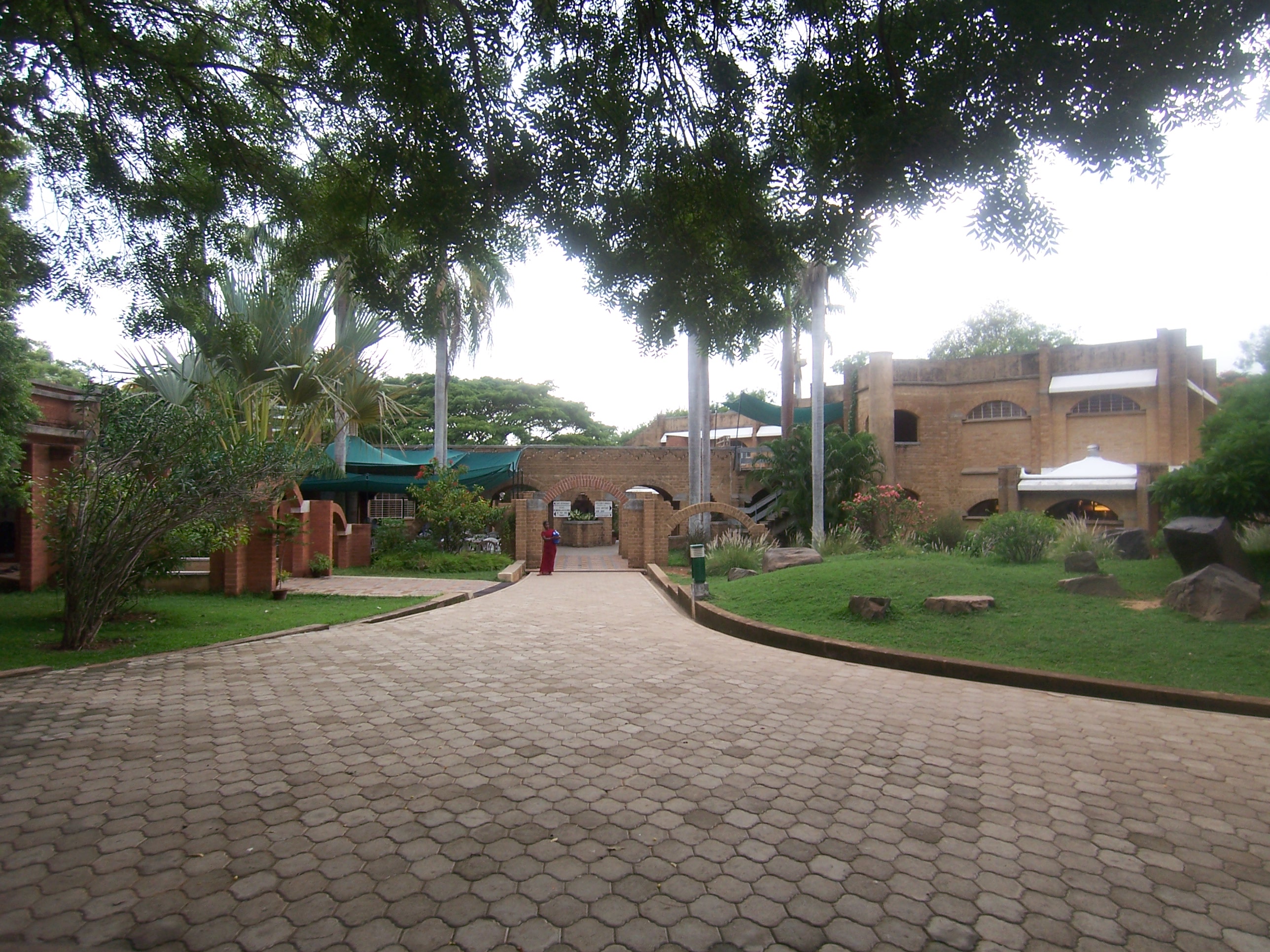
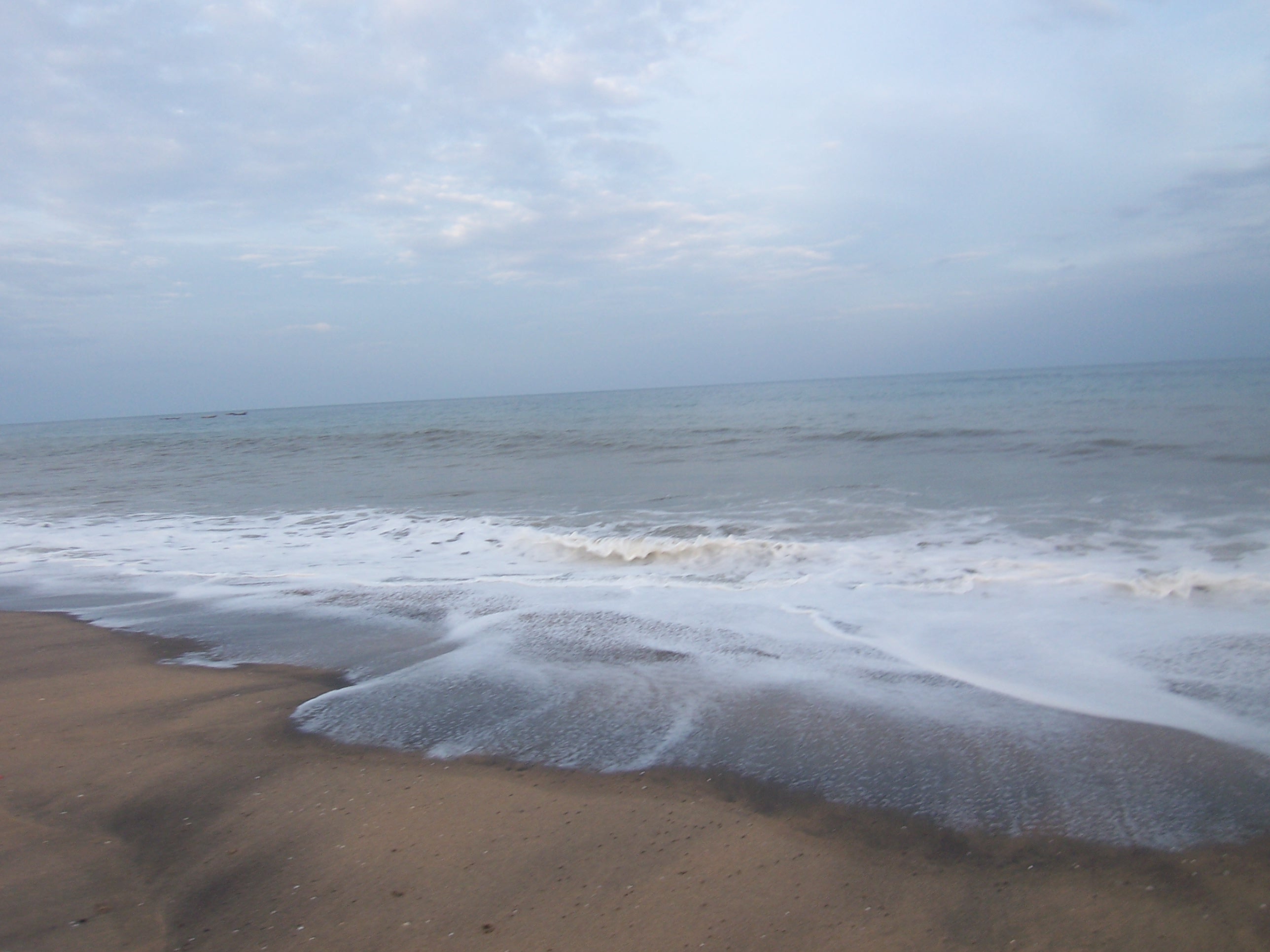
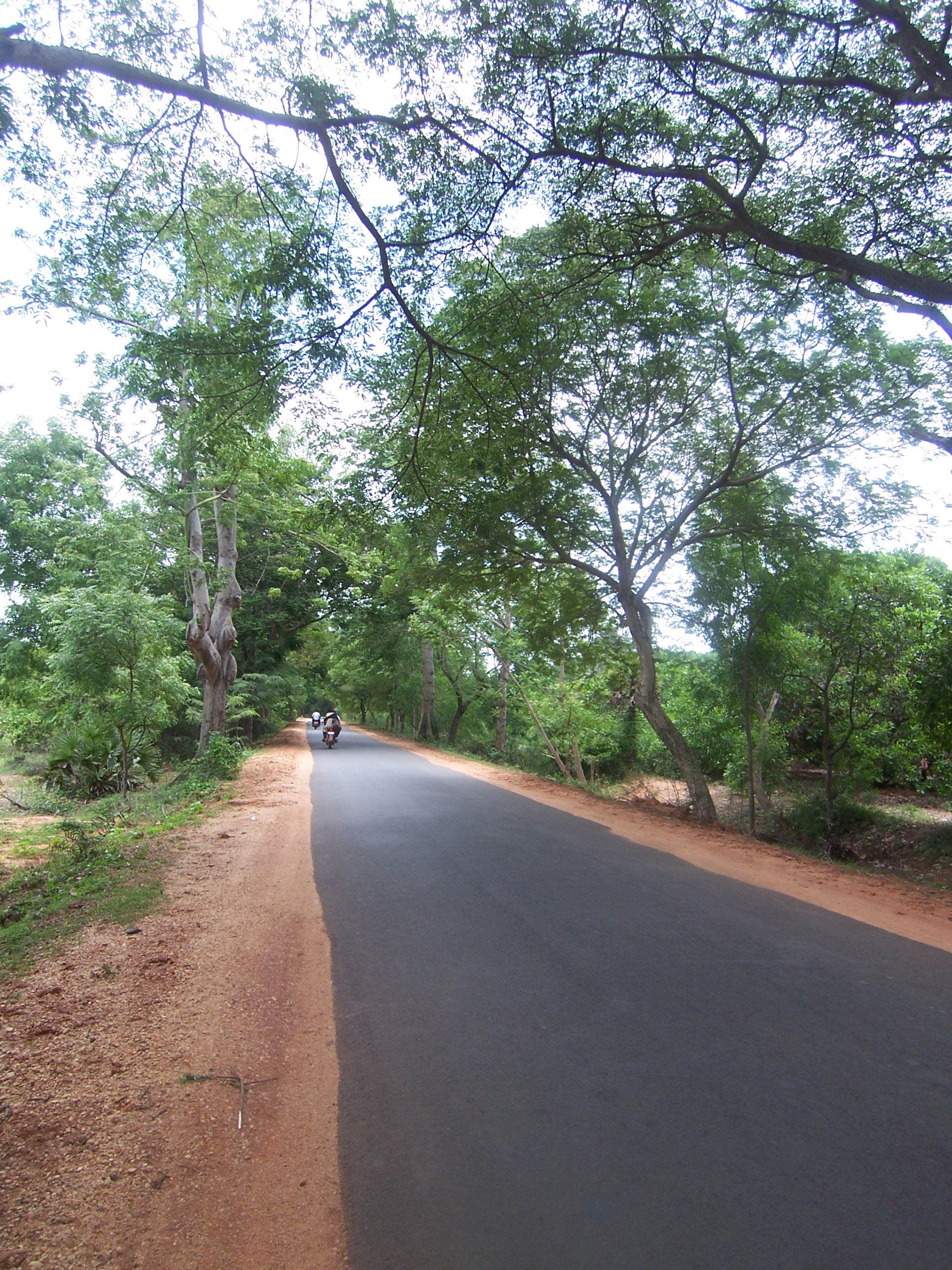



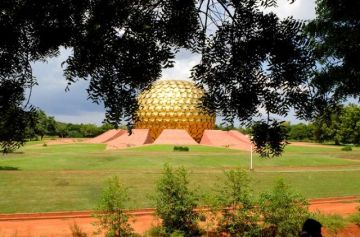
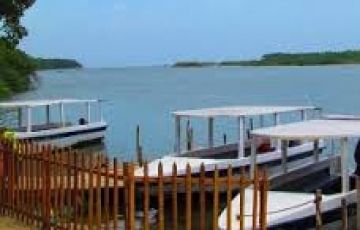
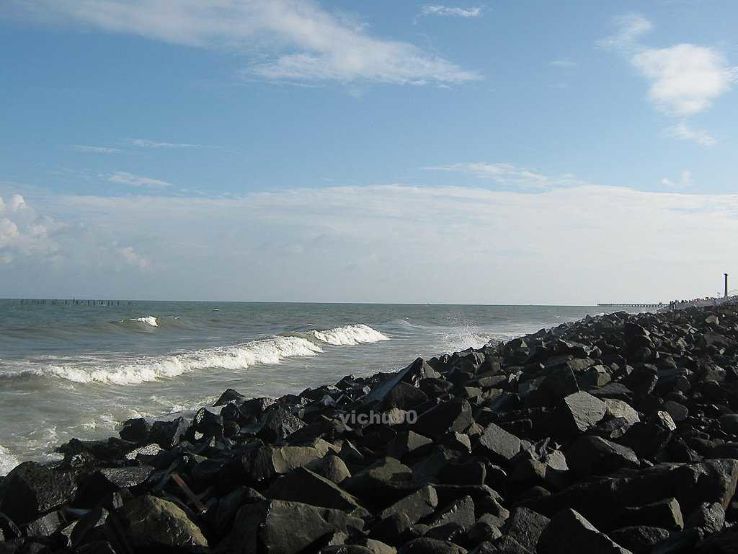


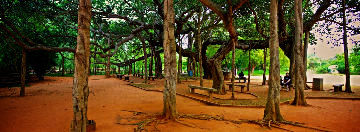
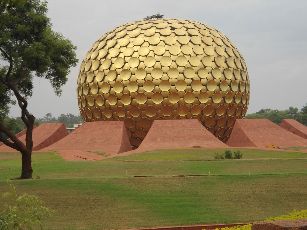
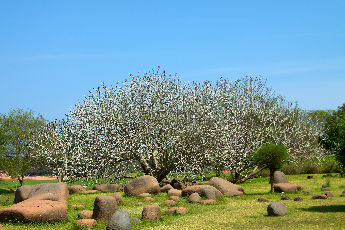

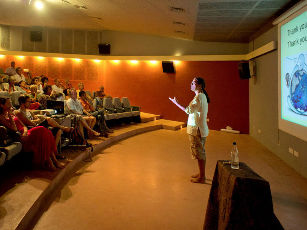
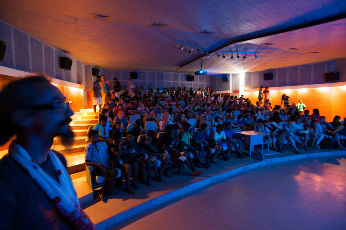
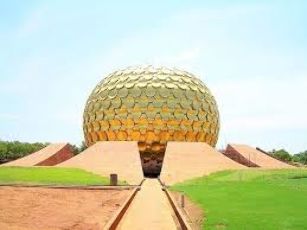


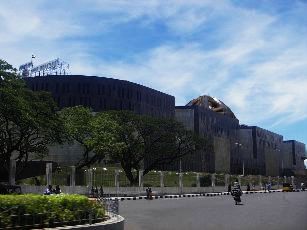
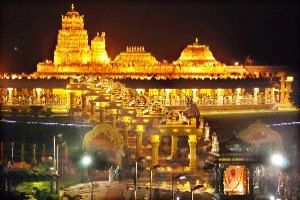
_1509215228m.jpg)
